Thoughts on Low-E coatings on windows?
Yolanda
13 days ago
last modified: 13 days ago
Featured Answer
Sort by:Oldest
Comments (13)
oberon476
13 days agolast modified: 13 days agomillworkman
12 days agoRelated Professionals
Marshfield Window Contractors · Woodland Hills Window Contractors · Crestview Interior Designers & Decorators · Wareham Interior Designers & Decorators · Lincoln General Contractors · Norfolk General Contractors · New Castle Kitchen & Bathroom Designers · Lincoln Kitchen & Bathroom Remodelers · Middle Island Interior Designers & Decorators · Summit General Contractors · North Hollywood Furniture & Accessories · Lake Forest Park General Contractors · Northfield General Contractors · Owosso General Contractors · Waianae General ContractorsWindows on Washington Ltd
12 days agoWilliam Rossman
12 days agochispa
12 days agoBeverlyFLADeziner
12 days agochloebud
12 days agoYolanda
11 days agoYolanda
11 days agoShadyWillowFarm
11 days agooberon476
11 days agojane__ny
11 days ago
Related Stories

WINDOW TREATMENTSEasy Green: 9 Low-Cost Ways to Insulate Windows and Doors
Block drafts to boost both warmth and energy savings with these inexpensive but effective insulating strategies
Full Story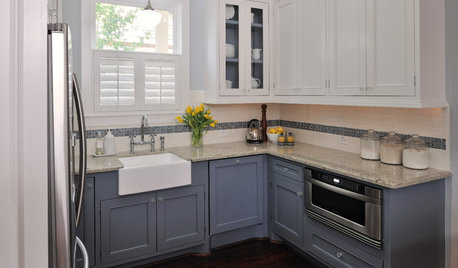
KITCHEN CABINETSKeeping Cabinet Color on the Down Low
Give just base cabinets a colorful coat for a kitchen sporting character and a spacious look
Full Story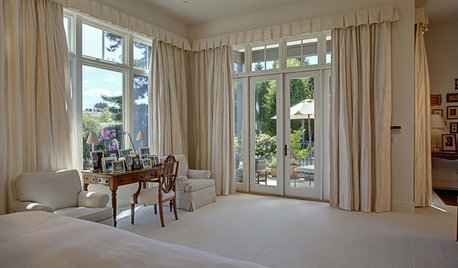
WINDOW TREATMENTSHow Low Should Your Drapes Go?
Hover, brush the floor or pool like Scarlett O'Hara's tears — we give you the lowdown on curtain length options
Full Story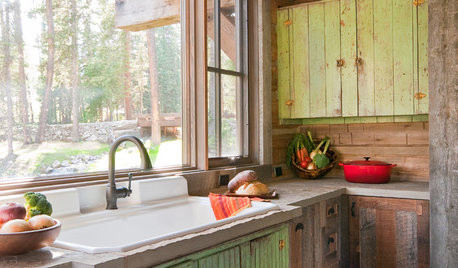
WINDOWSKitchen Windows: 13 Classic and Creative Ideas
Big and tall, long and low, in an unexpected spot ... these ways with kitchen windows offer plenty of possibilities
Full Story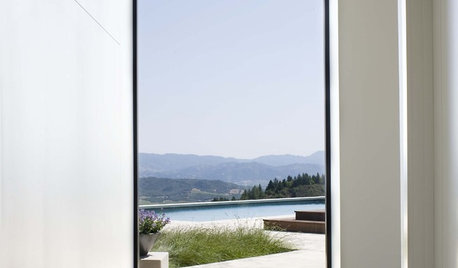
WINDOWSExpand Your View with Picture Windows
Minimal, pane-free windows make a clear connection between indoors and out
Full Story
GREAT HOME PROJECTSUpgrade Your Windows for Beauty, Comfort and Big Energy Savings
Bid drafts or stuffiness farewell and say hello to lower utility bills with new, energy-efficient windows
Full Story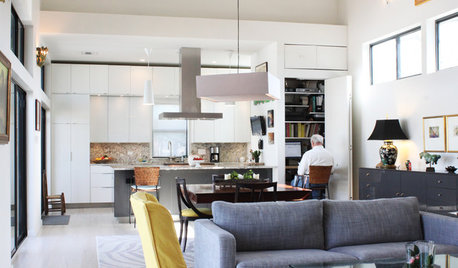
HOUZZ TOURSMy Houzz: Luminous and Low Maintenance in New Orleans
See the new build that replaced a hurricane-ravaged house, beginning a new chapter for a retiring couple
Full Story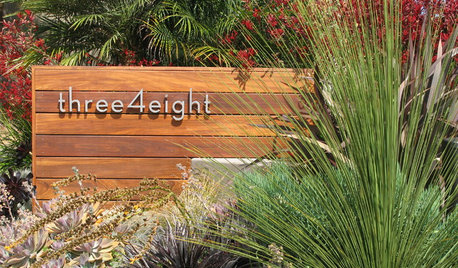
ACCESSORIES8 Low-Cost Luxuries With a Big Payoff
Consider the small stuff — like switch plates and throw pillows — to give your home a touch of class
Full Story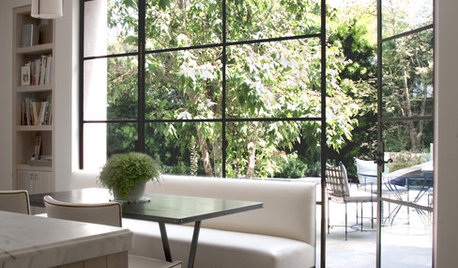
HOUSEKEEPINGThe Best Way to Get Your Windows Spotlessly Clean
Learn the pros’ tips and tricks for cleaning windows and getting them streak-free
Full Story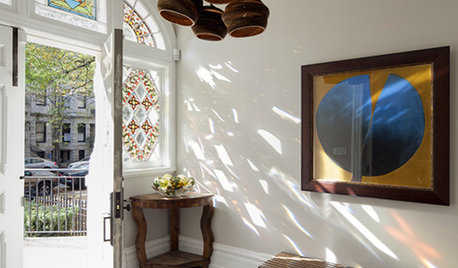
REMODELING GUIDESUpdate Historic Windows for Charm and Efficiency
Renovate old windows to keep the character but lose the energy outflow from your home
Full Story





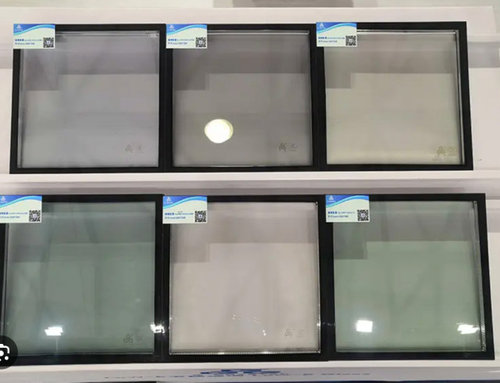




oberon476